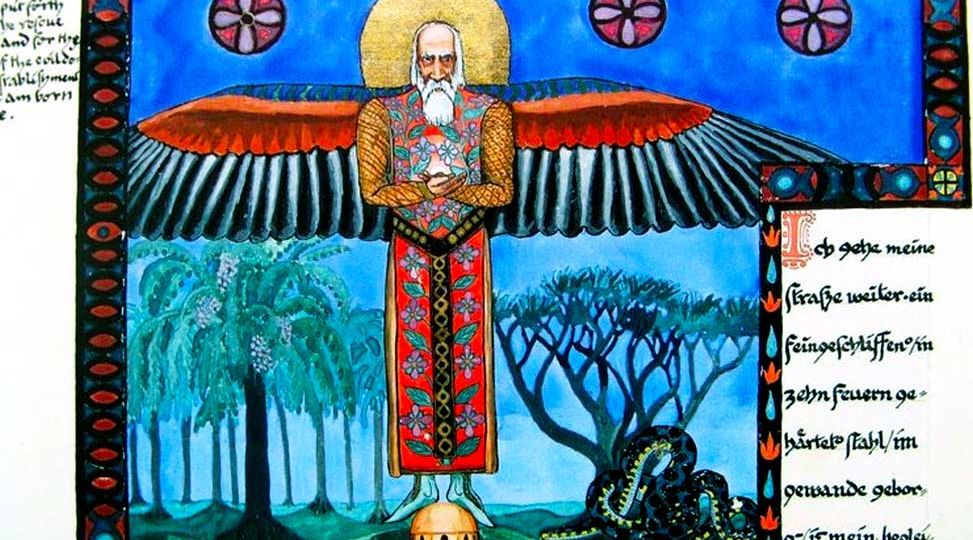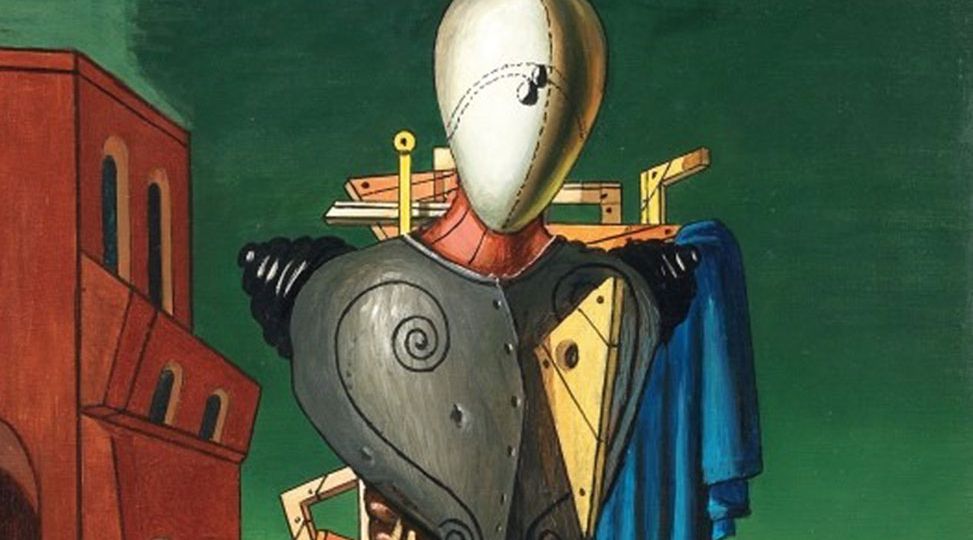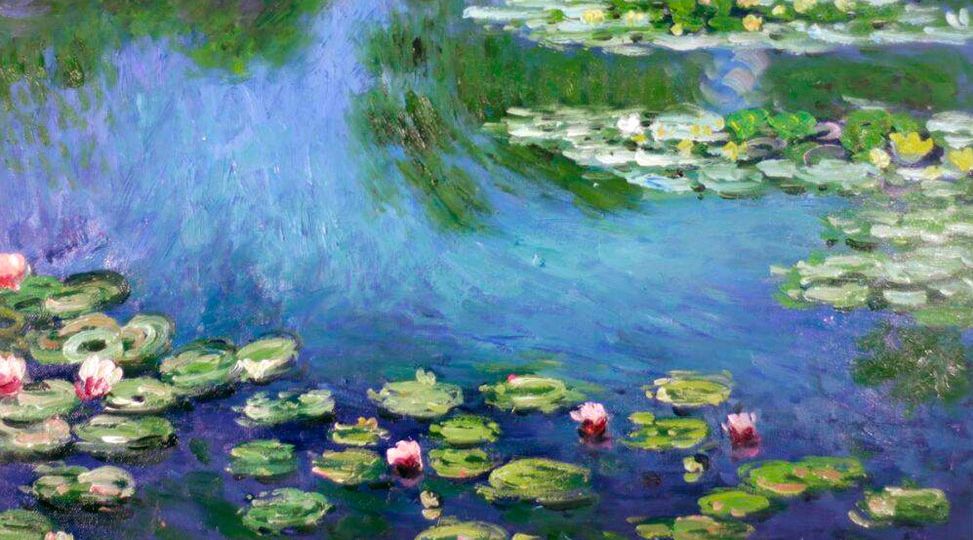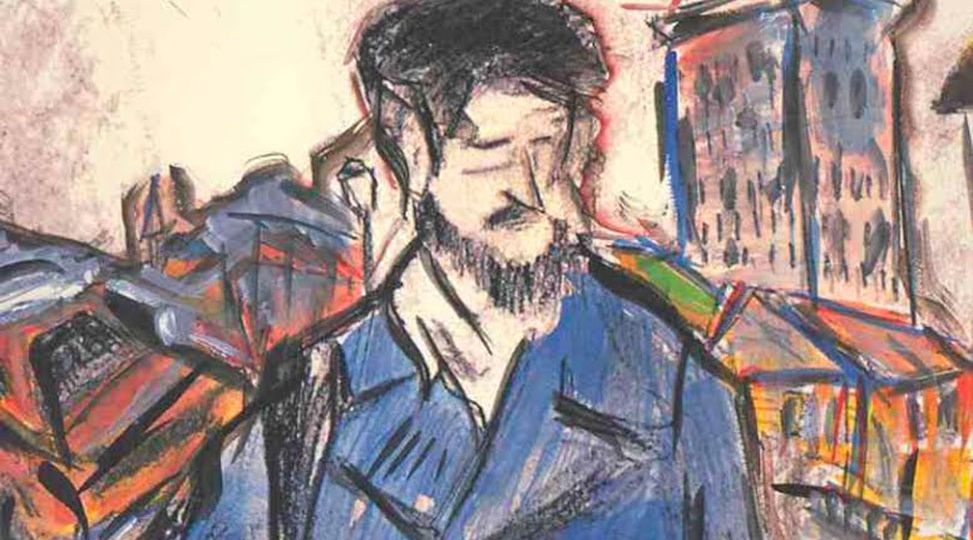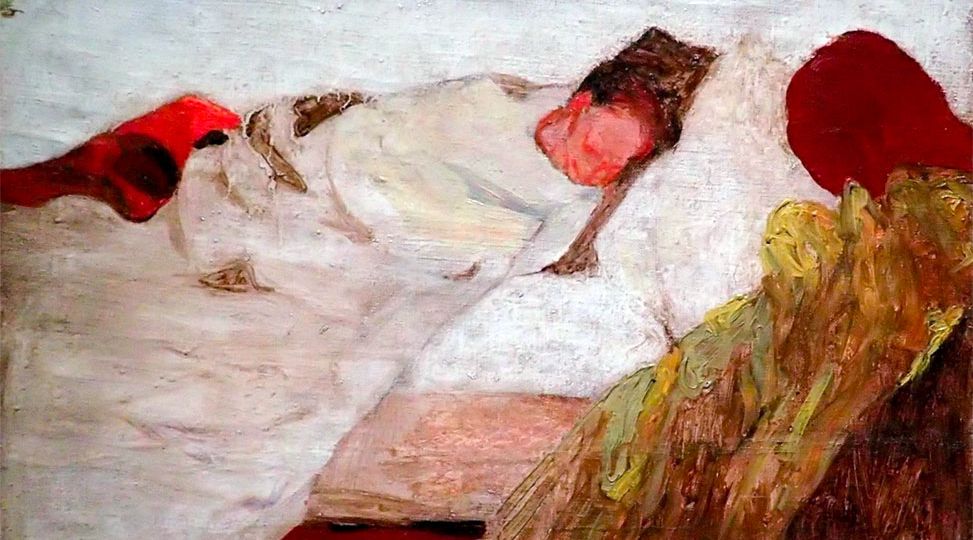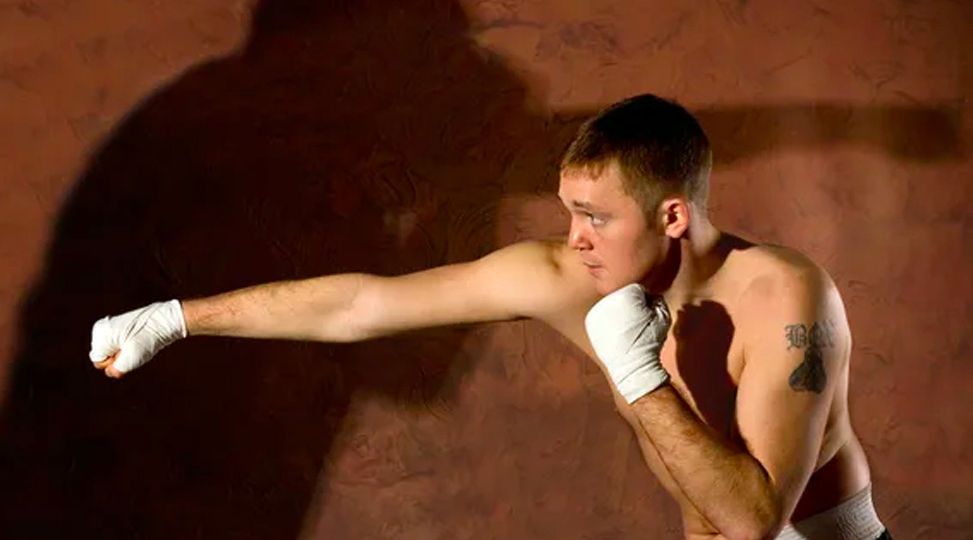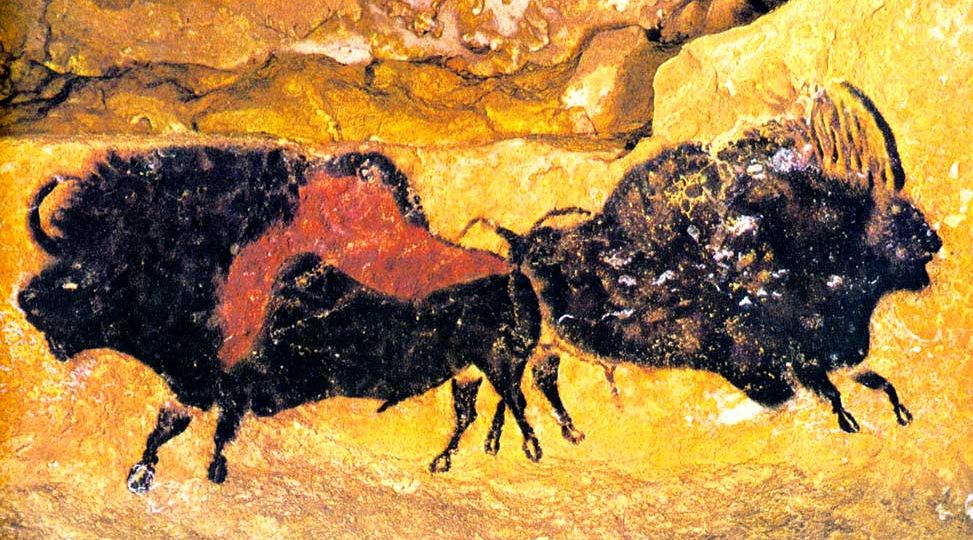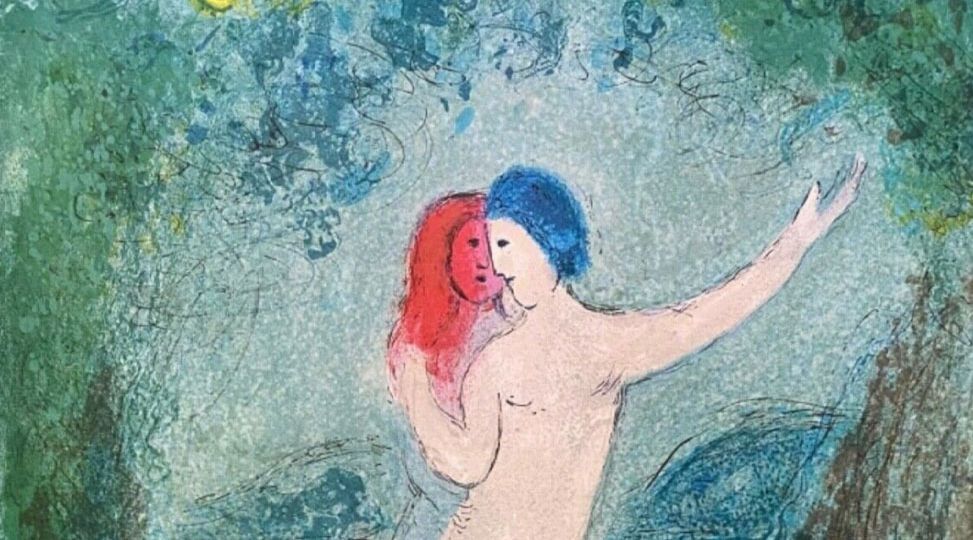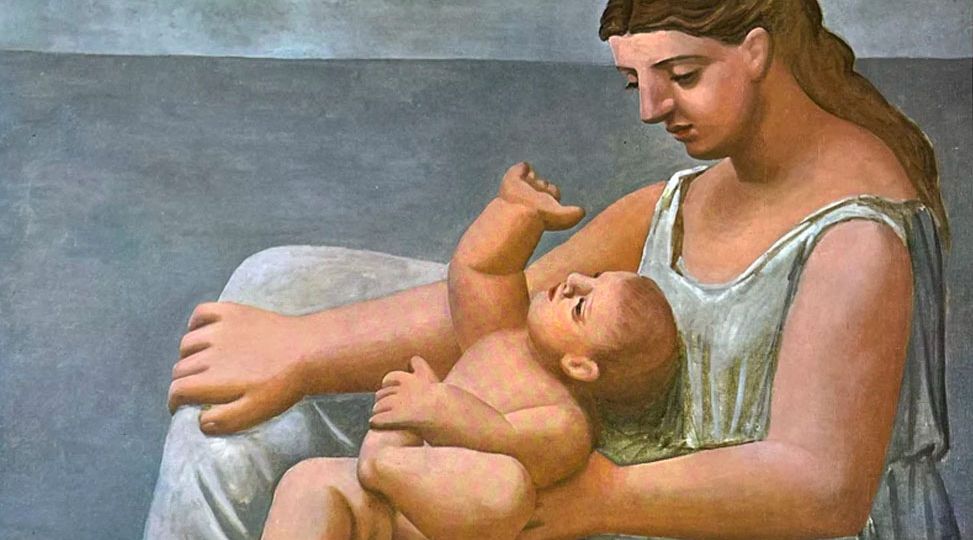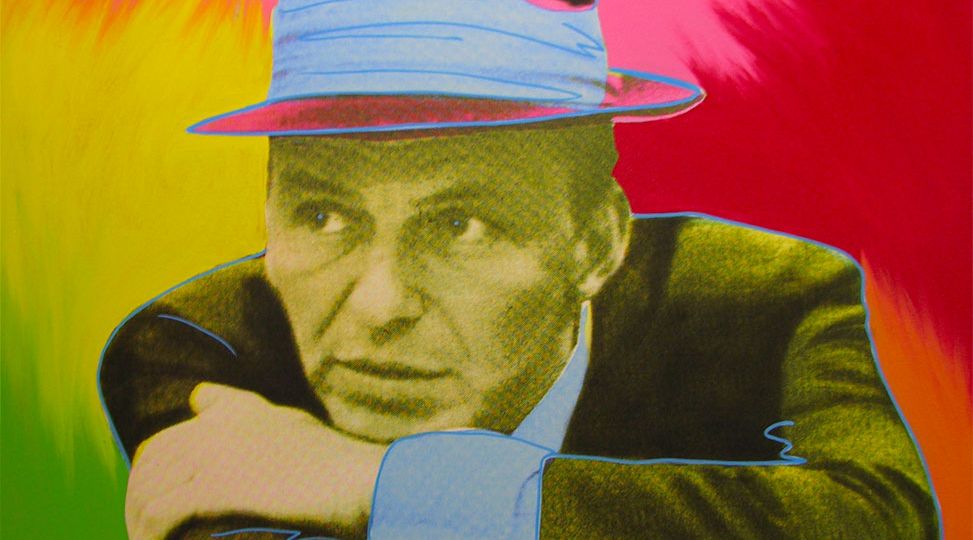First comes the development of the Hero; next is the “fall,” which brings awareness that something is missing, leading to the rejection of the heroic inflation and the longing for more. Then comes the real “journey,” holding the tension between our highly conscious dominant/superior function and our much less conscious inferior function.
Archetypes
“Everything has a purpose, clocks tell you the time, trains take you to places. Machines never come with any extra parts, you know. They always come with the exact amount they need. So I figured if the entire world was one big machine, I couldn’t be an extra part. I had to be here for some reason. And that means you have to be here for some reason, too. ”
I realized that, as symbolized by the water, there are life energies or archetypes which serve the universal purpose of potentially keeping us alive and on our path in service to the Self. These energies reside both within and without and are generally unconscious until we work to bring them to consciousness. …This is true even when we fall!
The portrait of Bob Dylan in the film “I’m not there” demonstrates how a lack of father-specific structure is compensated by a powerful and extraordinarily creative but volatile and defenseless Puer structure; and the movie further illustrates the tendency of the Shadow complexes to rise to repair such psychic vulnerabilities and restore equilibrium.
In a dream she showed up as twins. One who was quiet and could play by herself (like her father, Ti) and the other who was very precocious as she hung upside down from a tree (like her mother, Te), reflecting the inherent nature of the Opposing Personality. From the outset of our work her battle seemed to reflect inferiority about not being an extravert.
Fight Club’s accomplishment is to elicit in us the instinctive fear, resistance, and embarrassment we all experience around the domain of our inferior function, whichever function that may be for us. The reward for sticking with the movie until the end is a catharsis that feels as if we have integrated our own inferior function.
The ego asks why anyone in his or her right mind should actually allow the troublesome aspects of his or her personality to be expressed. Jung’s answer is “for the development of character.” …For Jung, the inferior function is thus not just a trouble-maker extraordinaire, it is a moral exigency as well.
I think many of us would be quick to put our inferior and embarrassing Anima on the pyre, and happily satiate our Heroes. But the Hero needs to sacrifice its preeminence and allow the Anima to experiment and thrive if we are to find ourselves truly committed to what we do, not to mention fulfilled by it.
… A wise employee will come to understand the culture of the company … and recognize that the team has long since developed a certain way of taking care of others. The team uses its auxiliary function, not yours, or the one your tertiary Child expects it to use. You cannot expect an organization to take care of you in the way that you want …
You can assert yourself … with an introverted function. You can take care of others … with an introverted function. You’re just not likely to do both these things with an introverted function, any more than one would do both with an extraverted function; our alternation of attitudes between the dominant and auxiliary takes care of that.


